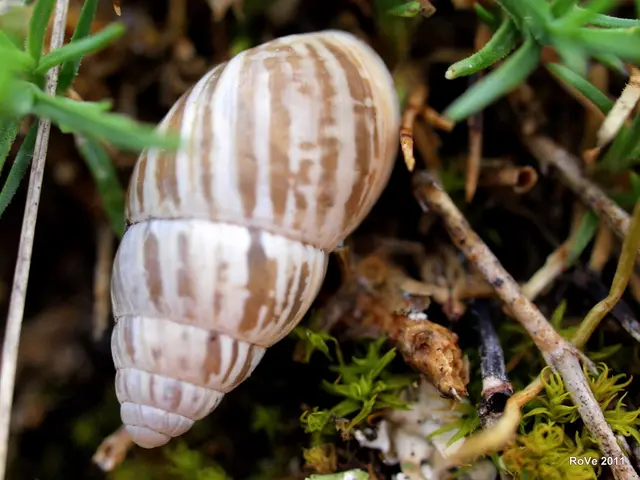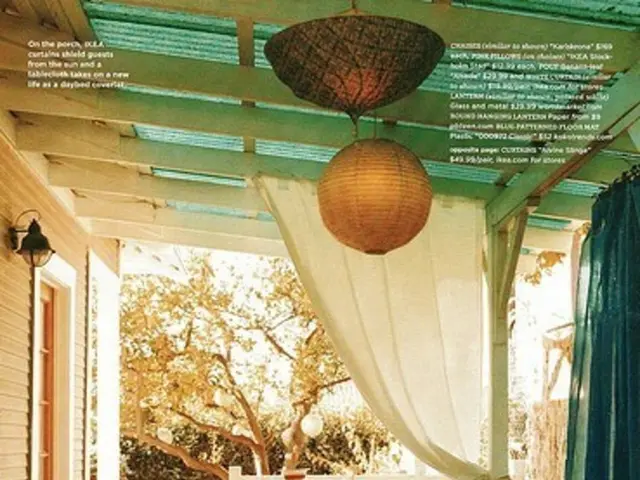Monthly Gemstone Selection: Citrine for People Born in November
In the vast world of gemstones, natural citrine stands out as a unique and captivating treasure. This yellow to brownish variety of quartz, found in limited quantities across the globe, is renowned for its radiant hues and versatile uses in jewelry.
The Gem-A Gemstone & Mineral Collection features a stunning rough citrine crystal specimen, photographed by Henry Mesa, offering a glimpse into the beauty of this rare gemstone.
Citrine's allure lies in its vibrant colour, which ranges from pale buttercup to strong orangey or brown-tinged yellow. This characteristic yellow-to-orange colour is caused by a trace of iron in its structure.
Natural citrine is found in several significant locations worldwide. Brazil, particularly the state of Rio Grande do Sul, is one of the most valuable sources, while the Anahí mine in Bolivia is notable for producing natural, unheated citrine, often found in association with amethyst, creating the rare bicolor gem ametrine.
The Ural Mountains in Russia, Madagascar, Uruguay, Spain, Mexico, Scotland, and North Carolina (United States) are also recognised as important localities for natural citrine, though typically in lesser quantities.
It's important to note that natural citrine is relatively rare compared to amethyst and smoky quartz, which are often heat-treated to resemble citrine. Most commercially available "citrine" is actually heat-treated amethyst, sometimes called “heat-treated Amethyst citrine,” and primarily comes from Brazil. True natural citrine is most reliably sourced from the aforementioned localities.
Citrine can hold a high polish, making it suitable for stunning jewelry pieces. It can be found as stand-alone crystals or as a geode containing multiple crystals within a rocky pocket. If sold as an individual crystal, it will have a hexagonally shaped prism with a pyramidal termination and a slightly thicker base.
Citrine is prized for its sunny appearance and is popular in the gem and jewelry trade, especially in statement cocktail jewelry. In Bolivia, amethyst and citrine hues can occur together in the same crystal, creating multi-color gemstones called ametrine.
Beyond its aesthetic appeal, citrine is believed to hold the power of the sun and is said to counteract depression and fight phobias. It is also known to help its wearer remain calm in stressful situations due to its ability to attract good and positivity.
However, despite quartz being one of the most abundant gem minerals in the Earth's crust, natural citrine can be difficult to find. This rarity adds to its allure and contributes to its popularity in the gem and jewelry trade.
For those interested in learning more about the history and uniqueness of citrine and gemmology education, the Gem-A's website offers short courses and workshops for a gemmology journey. It's a great place to start for those looking to delve deeper into the world of gemstones.
Citrine, with its radiant hues and unique origins, offers a captivating addition to any jewelry collection. Its rarity, combined with its versatility and symbolic properties, make it a gemstone worth seeking out and cherishing.
The Gem-A offers short courses and workshops (courses, workshops) for those interested in learning more about the history and uniqueness of citrine and gemmology education.
The radiant hues of citrine make it a captivating addition to any jewelry collection (fashion-and-beauty, lifestyle).
Natural citrine can be difficult to find (home-and-garden), but its rarity adds to its allure and contributes to its popularity in the gem and jewelry trade.
The Ural Mountains, Madagascar, Uruguay, Spain, Mexico, Scotland, and North Carolina are recognized as important localities for natural citrine, but this rare gemstone can also be found in publications and research focusing on gemmology.




